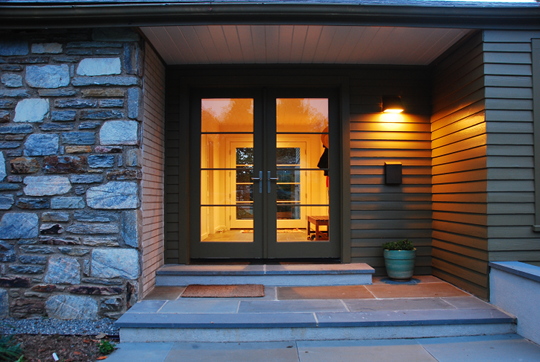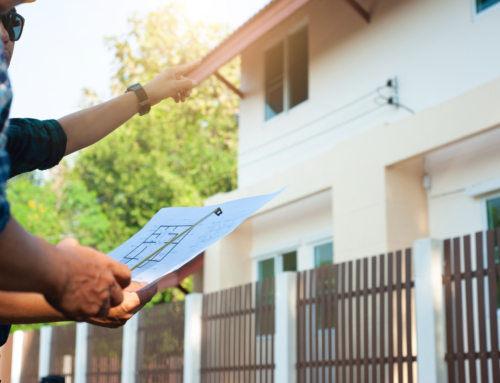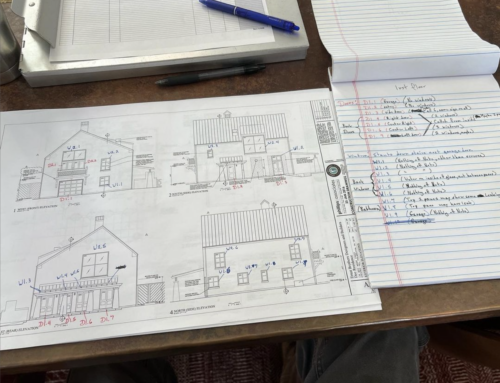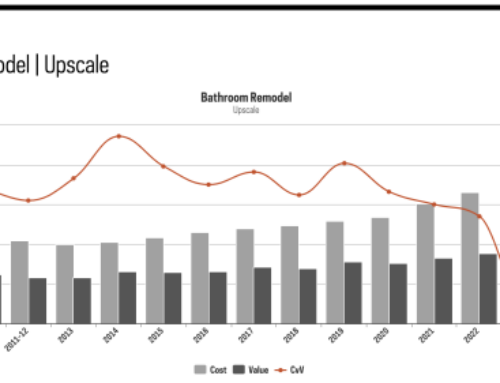How Does Your Home Fend Off February Chill?

This week started off quite brisk and windy. We noticed that this made our house exceptionally chilly, even though the temperature outside was no lower than some other nights this winter. The wind made the difference — and the reason why that happened is because we have some leaks in the “envelope” of our older home. While we have invested in many energy-efficient upgrades, such as insulation and new windows and doors, we still have more steps to take until we reach optimal efficiency that will keep our house warmer on cold, windy nights (and cooler on hot summer days, too!). But because we had an energy audit we know where those further improvements need to happen and we have a plan in place to get them done.
If your house is drafty on a windy night too, don’t let anyone tell you that your older home can’t be efficient, or that just slapping on new windows will achieve your desired results. Neither are true. To get real results for our clients, we provide a home energy auditor who is familiar with older houses to test your home’s efficiency. The auditor tests the performance of appliances and fixtures, as well as the overall house structure, to see where waste is occurring, then consults with us to develop the best, most cost-effective means of improving your home’s results. Usually, we tackle the simple, unglamorous stuff first, then make plans to tackle the sexier items later. The exciting part, for you, is seeing immediate lower energy use, resulting in a cheaper-to-run home. This approach is best because we combine the expertise and facts of a home energy audit from a carefully selected BPI pro who knows older homes with our own many decades of experience and knowledge working on older homes. We know how to get the “biggest bang for your buck,” and we can stage the steps over time to make the process more affordable.
Typically, the auditing service costs $750-$900, depending on the complexity of the home, but this investment (as well as the first round of efficiency improvements) is earned back in saved energy costs in less than three years. Many times, tax incentives are available, too.






